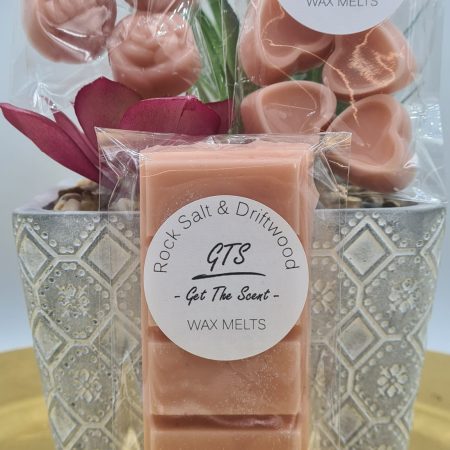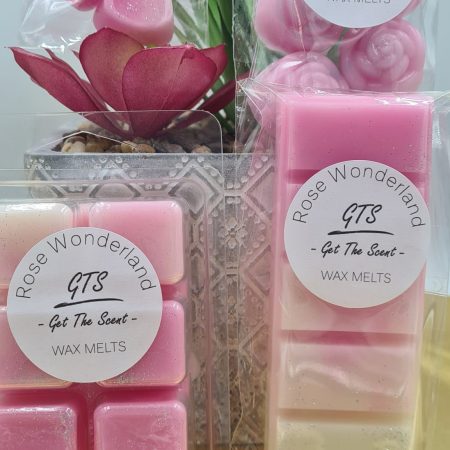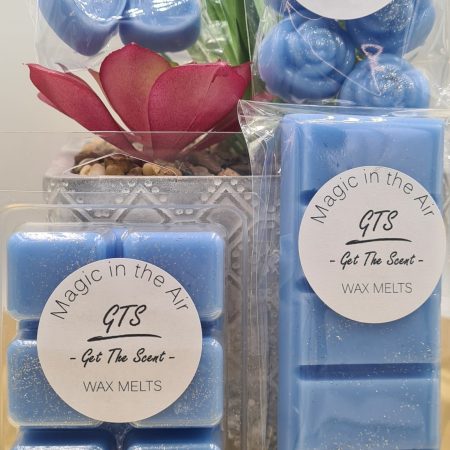Welcome to My Blog. This is your first post. Edit or delete it, then start blogging!
Why Is Vitamin C So Good For Your Skin?

Vitamin C for your skin can be found in serums.
You can say goodbye to visible fine lines, acne scars, dullness, rough textures and uneven skin tone when you add it into your skincare. By using vitamin C products and eating vitamin C rich foods will improve your skin’s tone, elasticity and the production of collagen.

Vitamin C has antioxidant* properties that help your skin’s natural regeneration process which helps repair damaged skin cells. It can help reduce the damage caused by UV light and air pollution.
*Antioxidants help prevent or reduce damage to skin cells by neutralising the production of highly reactive molecules. So they keep our body/skin cells healthy.
A lack of vitamin C causes capillaries to become fragile, your skin can be easily bruised and dry/red/wrinkly skin. Your skin will become wrinkly by lack of vitamin C as it keeps the production of collagen going. Without collagen your skin will not look as young and will have more fine lines and wrinkles. Vitamin C keeps blood vessels strong so a lack of it will mean you can be easily bruised.
DERMAPLANING – EVERYTHING YOU NEED TO KNOW
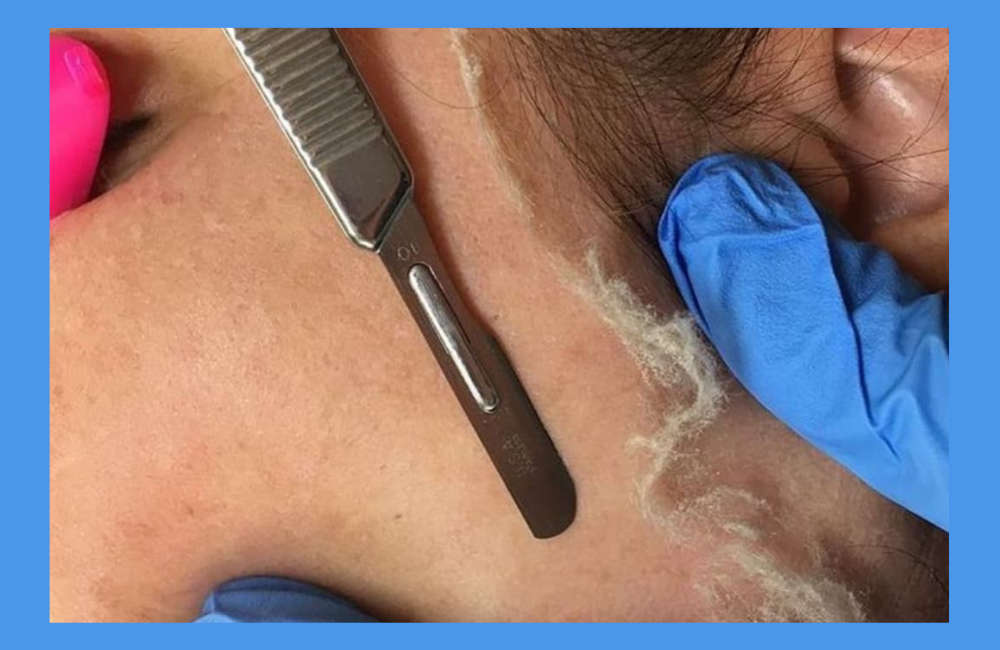
Dermaplaning is a popular skin care treatment and is a cosmetic procedure that removes the top layers of your skin.
What is dermaplaning?
The process involves using a scalpel at a 45-degree angle to remove peach fuzz and to lightly exfoliate the skin’s surface. The aim of dermaplaning is to make your skin smooth and radiant. It will get rid of all dead skin and oils from the skin meaning breakouts are less likely to happen.
Removing all the peach fuzz from your face is a big bonus as excess hair can trap oils and dirt which can lead to problems such as blocked pores and breakouts.
Who can get it done?
Dermaplaning can be used for anyone with:
- acne scars
- dull skin
- dry skin
- sun-damaged skin
- fine wrinkles
Dermaplaning is not always best for everyone, if you have deep cystic acne it is best to wait until the breakouts are clear before getting this treatment. It is also best if you have super sensitive skin to avoid this as it could irritate the skin.
What is the process?
First, any make-up will be removed from the skin and after the skin will be cleansed to remove any other product that may have been missed. Then the dermaplaning will start. The skin has to be slightly stretched when doing the treatment so there is a flat smooth surface to work with. Once the dermaplaning has taken place, depending on the beauty therapist they may give you the rest of the facial or they may add a skin soother such as aloe. They will apply some SPF to the skin as your skin will be more exposed to the sun than usual.
Is Dermaplaning painful?
Dermaplaning is pain-free and the most you will feel is a light gentle scratching along the skin.
What to expect after?
You will need no recovery time after the procedure, the most you will experience is redness but not for very long. You will notice that after having the treatment done your skin will be a lot brighter and be glowy. It is a myth that shaving will change hair growth, the dermaplaning does not have an effect on the base of the hair follicle therefore, hairs will not get thicker or darker.
What is the aftercare?
After getting demplaning you should:
- Keep your skin hydrated and moisturised after treatment
- Avoid heat, saunas, hot tubs, and sweaty activity for 24 hours
- Avoid products containing any exfoliating agents (retinoic acid, retinol, tretinoin, retinol, benzoyl peroxide, glycolic acid, salicylic acid, astringents, etc.) for 24 hours
- Do your usual skincare routine
- Not wear makeup for 24 hours
How often is dermaplaning needed?
It is best to wait a month/4 weeks between treatments, if you have sensitive skin you can make this longer.
All You Need To Know About Microblading
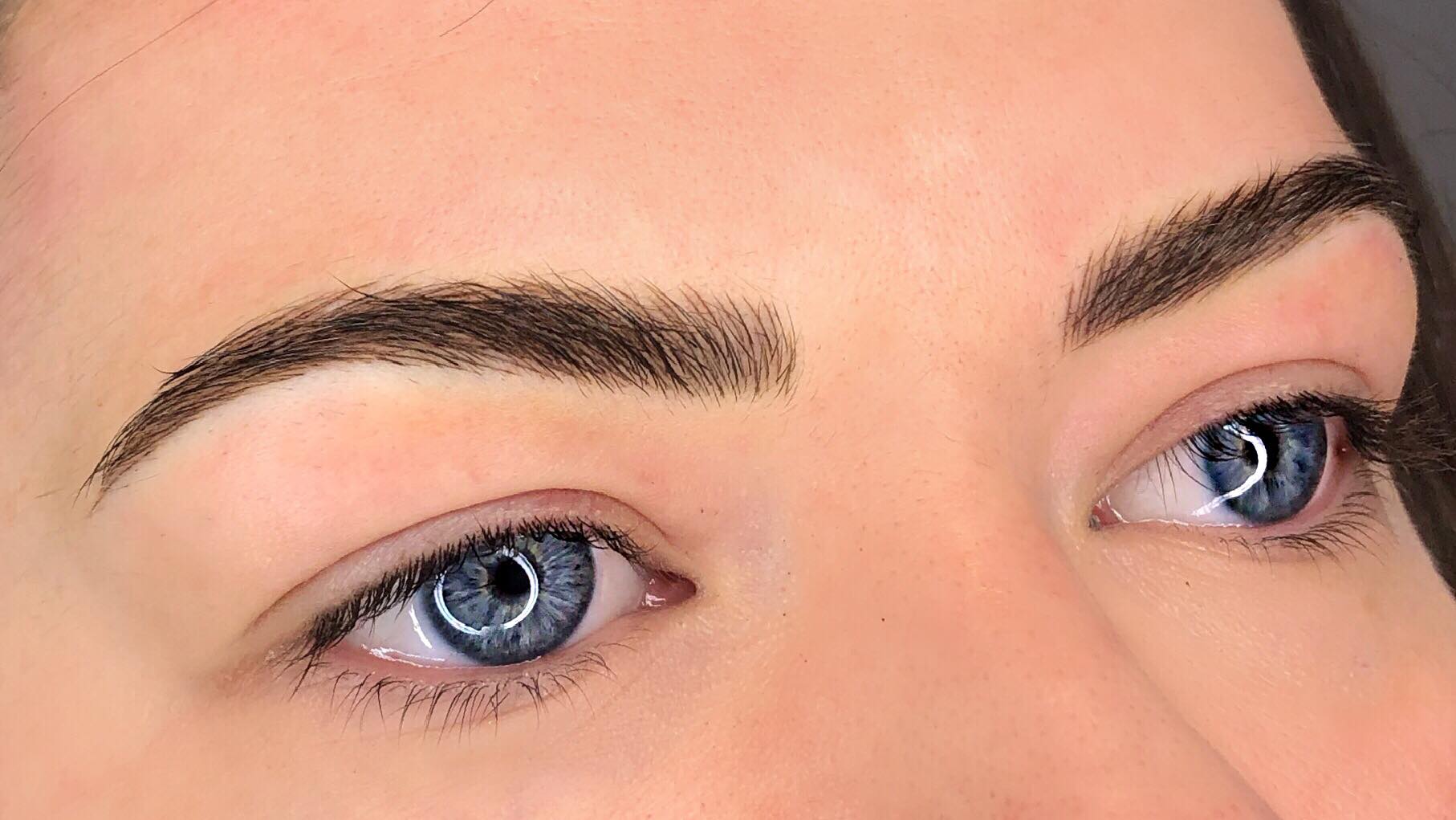
Brows are one of the most popular features of beauty. The brow industry was estimated to be worth over £20 million in 2016. Everyone would love to wake up and have perfect brows, this is why the beauty industry is changing and now people can get perfect brows for everyday.
What is microblading?
Microblading is a treatment which puts pigment into fine lines on the skin, it creates the best shape for your face. It is a semi permanent technique which fakes the look of fuller brows and a new shape if desired.
Microblading is done with a tool which looks like a pen but is a slope blade with 10-12 needles at the end. The needles to not go fully into the skin they just scratch the surface. It is different to tattooing as it is not leaving a block of colour instead it is creating natural hair strokes.
The eyebrow technician will make the perfect colour you want and will match your brows and hair.
How much does it cost and how long does it take?
The cost of microblading depends where you go and depending on how much you need done it can vary. It is usually over £300.
Time will depend on how much of a change you want and/or how many strokes are needed. It can be 45 minutes to just over an hour.
Pre-microblading rules
- Do not wax, thread, tweeze or any other type of hair removal to eyebrows for one week before treatment
- so not use sunbeds or sit in direct sunlight for two weeks prior to treatment
- Do not have a facial or peel two weeks prior
- Do not tint your eyebrows for three days prior
- No botox for three weeks before
- Do not exercise on the day
- Do not drink alcohol 24-48 hours prior to your appointment
- Do not drink coffee 2 hours before
- Do not take ibuprofen or aspirin 24 hours before
What is the follow up/top up appointment?
The follow up appointment is a few weeks after getting your brows microbladed. You will go back to the technician and get any gaps or areas where the pigment did not take to well topped up. This is usually included in the price of the first payment (always check with the brow tech).
When will you see the results?
You will start to see results two weeks after the service. Before this your eyebrows will go darker than planned, scab and most likely fade however they will resurface with the final result.
Aftercare (for up to 7-10 days after)
- Clean brows on the nights gently – do not use a lot of water for 5 days
- Apply thin layer of aftercare balm, or coconut oil twice daily – once of oily skin.
- No brow makeup for 5 days
- Do not pick the scabs
- Do not itch the area
- Apply sunscreen or do not sunbath until healed.
- Do not soak the brows in water
- Avoid skincare to browse for at least 7 days
- Avoid swimming and sauna.
- Avoid excessive exercise.
If the eyebrows get soaked in water, pat dry with a cotton pad or a tissue.
View this post on Instagram
Maintenance
Normally you should get your microblading done again when they fade this can be a up to 12, 18 or even 30 months after first treatment.
HOW MUCH BEAUTY PRODUCT YOU SHOULD BE APPLYING?
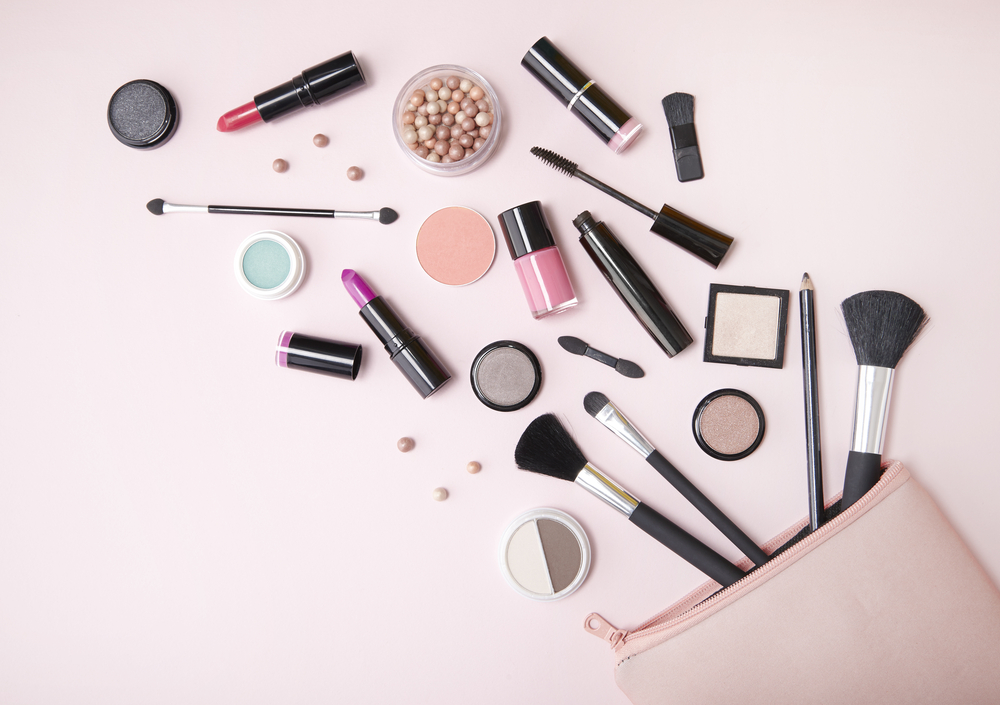
It is easily just to slather on beauty products without thinking the amount you should be using. If you layer up the moisturiser but your skin still feels dry, the problem will be with the amount you are putting on your skin.
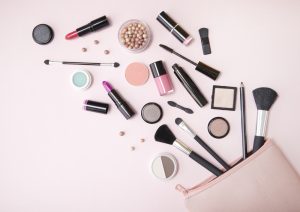
When it comes to our skin and hair routines, the amount of a product you use actually does matter. Too much can lead to wasting a product and too little can make problems.
The amount of product you should be using can vary depending on consistencies, textures and thickness across all formulas – it is not a one rule fits all mentality.
Here are the amounts you should be using for beauty products…
Shampoo and conditioner
For shampoo you should roughly use the size of a 10p. You should always emulsify the shampoo in your hands before applying it to your hair, you should concentrate only on the roots.
For conditioner it all depends on how much hair you have. You should start with the 10p amount and focus on mid lengths to the ends of your hair. You may need to apply more product if you have long or thick hair.
Cleanser
Cleanser has less to do with the amount you are using and more to do with how often you are cleansing. It is recommended that you use a 20p sized blop for cleansing, this is enough to massage around the face and is easy to remove with a warm flannel. It is recommended that you cleanse twice in the evenings.
Eye cream
The skin around your eyes is thin and delicate therefore you need to use a small amount, like a grain of rice amount for each eye. Using too much can cause puffiness and block pores.
Serum and moisturiser
For moisturisers and serums the thickness have a role in how much to use. For serum you should use a 20p sized amount and then after you should apply a green pea size amount of moisturiser. The moisturiser should be applied to the face and neck.
SPF
The amount of SPF you use is important, for the face neck and chest area you need about a teaspoon amount. When it comes to your legs it should be a tablespoon/dessert spoon amount. You should apply SPF every two hours after application to get full protection.
Body wash and lotion
For body wash and shower gels you should be using about a 50p sized amount for each place. (50p for arms, 50p for legs etc). For body lotion use the same 50p amount for arms and hands but for the rest of the body use a size of an orange segment for each area.
EXFOLIATING EVERY DAY COULD BE MAKING YOUR ACNE PROBLEMS WORSE
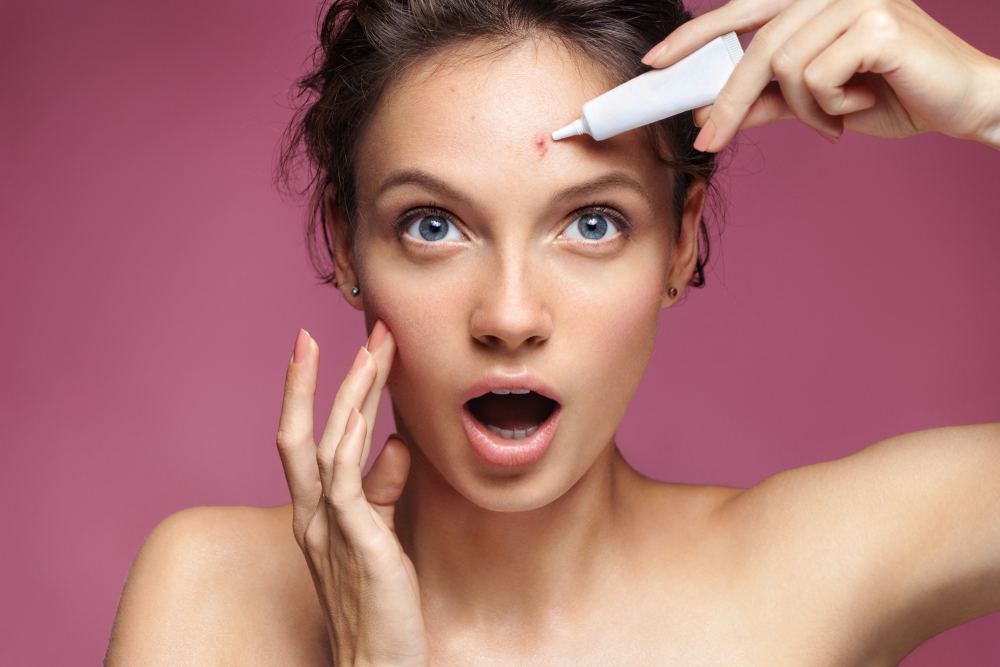
Breakouts can make you want to scrub away your face with exfoliator to get rid of any risks of more spots. However, this could be making your skin worse according to experts.
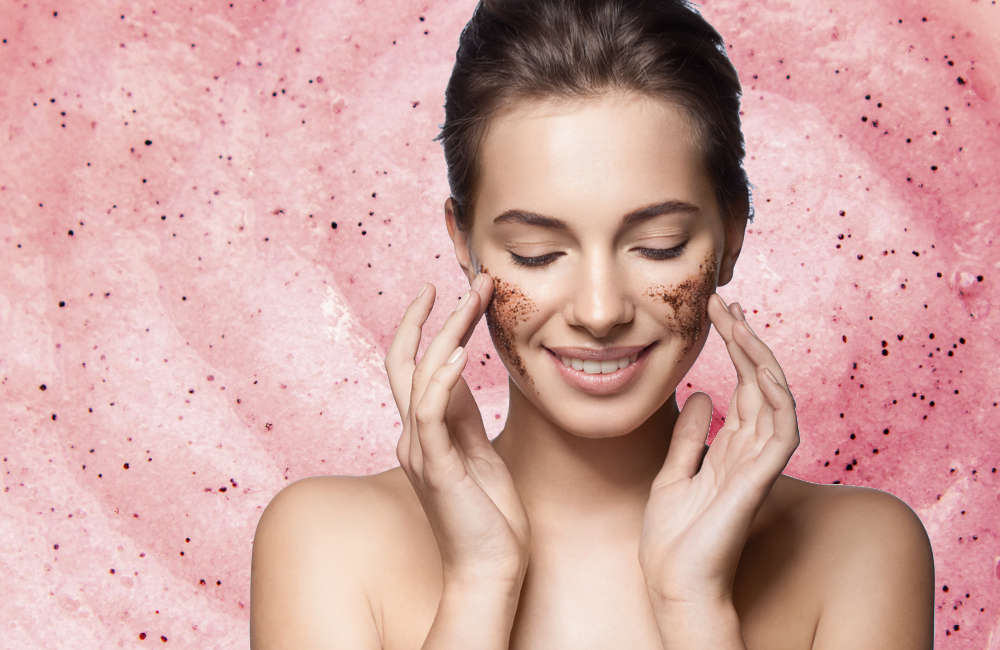
Exfoliating is a necessary part of skincare if you want to keep your skin looking its best. Exfoliation encourages the removal of dead cells then the replacement of new skin cells. It is important to exfoliate regularly as your skin can take to keep it looking smooth, bright and healthy-looking.
How regularly you should exfoliate is all down to your skin type and the sorts of exfoliants you use. You should only be exfoliating as often as your skin can handle. The most recommended usage is once or twice a week.
Over exfoliating can cause long-lasting damage. If you over-exfoliate, the skin’s barrier function can become compromised, skin can become dehydrated and capillaries become damaged. It will make acne a lot worse as it can pull away all the healthy skin cells and create ‘open wounds’ which is a higher risk for scarring.
This does not mean stay away from exfoliating if you have acne, exfoliating is highly recommended for acne if you do not over-exfoliate. Exfoliation helps with acne as it is removing all the dirt, oils and dead skin cells from the skin’s surface meaning it will not inflame the skin more. Acne-causing bacteria love dead skin cells as it is what they go for so by exfoliating you are removing all the properties which develop acne.
Do I Have Dry Skin?
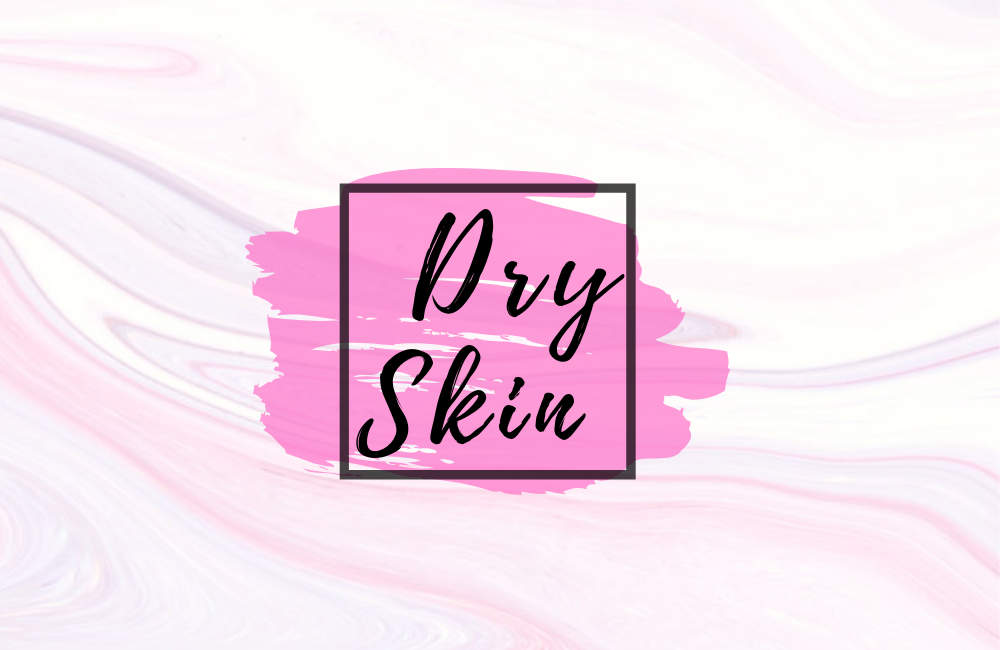
Do you have dry skin? This 5-minute guide will tell you the characteristics and all you need to know.
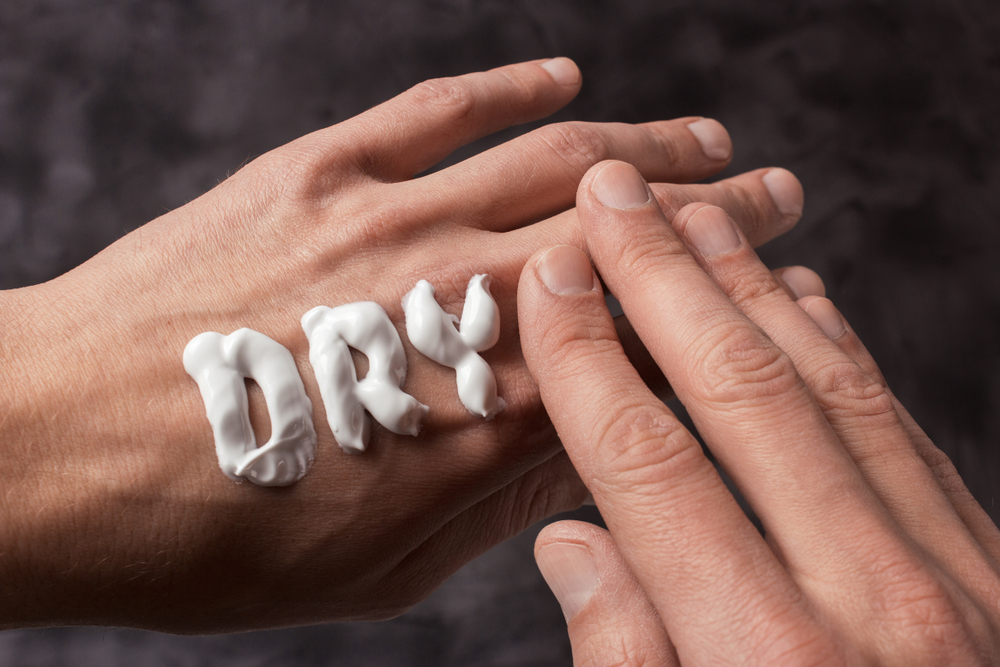
What characteristics does dry skin have?
Dry skin has many characteristics, the main ones are:
- Skin may be uncomfortable and tight
- Skin may be rough and dull
- Flaky skin may appear
- Pores will be invisible
- Red patches of skin
- Irritated skin
The best product to use is ingredients such as olive or jojoba seed oils this helps to lock in moisture also its best to use rich hydrating products to help to clear dry skin.

Dry skin can affect anyone but there are four main factors that can cause it, these are: age, medical history, season and/or bathing habits. The older adults are more likely to develop dry skin, this is because your skin starts to produce less oil (sebum) which raises the risk of dry skin if you do not moisturise. Medical history can make you more prone to eczema or just dry skin if you have a history of these conditions or if family members have it. Dry skin is common during the autumn and winter seasons as the air temperature starts to drop therefore your skin will start to dry out. If you have a shower, bath or wash your face with hot water your skin will become dry as it is taking all the hydration out of your skin.
Things you can try to help stop dry skin are:
- avoid using very hot water in showers or baths
- keep your shower time under 10 minutes
- Use moisturising soap/body wash
- apply moisturiser every day, especially straight after a shower, bath or washing your face
- Pat rather than rub wet skin with a soft towel
- Avoid itching dry patches of skin
- Drink plenty of water
4 CLEANSING MISTAKES YOU ARE PROBABLY MAKING
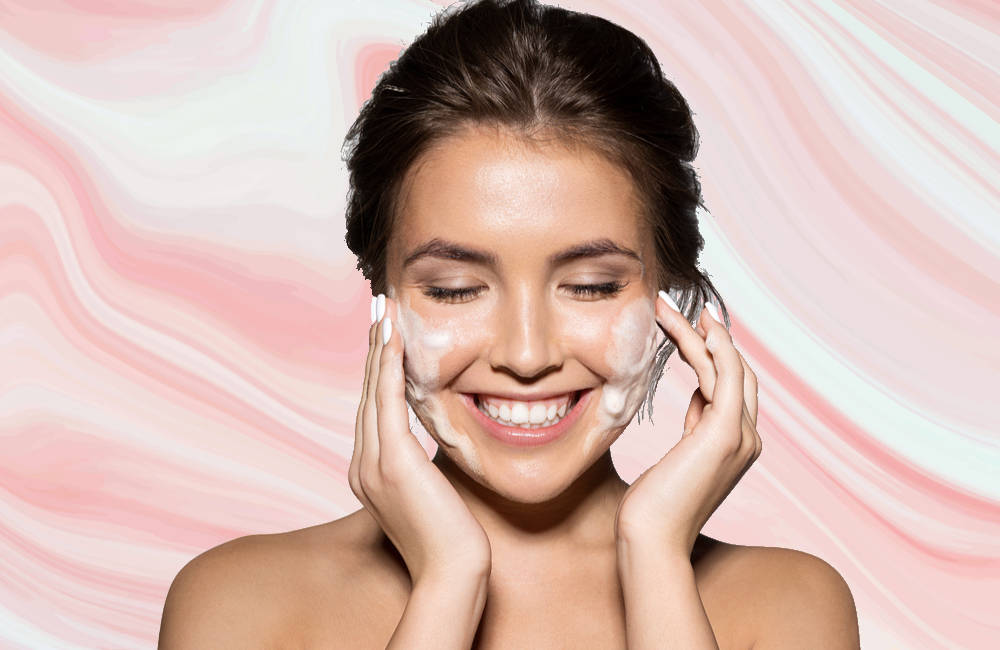
Cleansing your skin can seem pretty simple. You just wet your face, work in the cleanser and wash it off but it is not actually that simple and many do not know mistakes you can make.
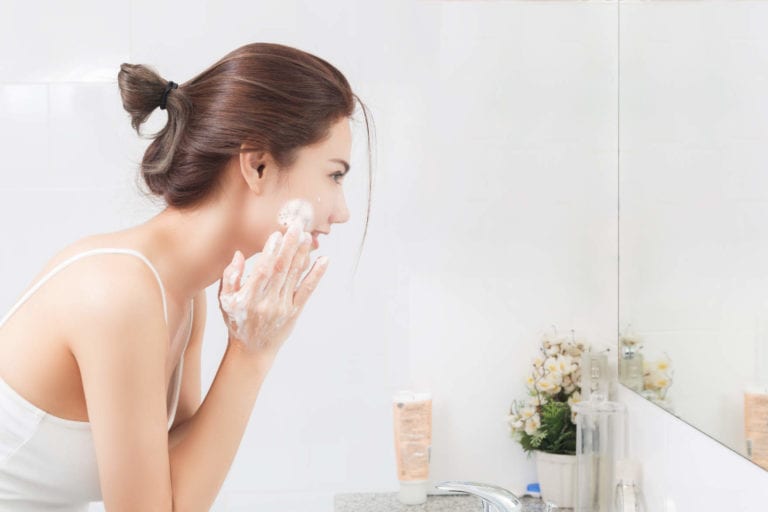
Here are mistakes you are making without even realising…
Face wipes
Face wipes seem like the easy option to remove your makeup and cleanse but they actually damage your skin. Many face wipes contain chemicals which dissolve makeup but will harm your skin. Makeup wipes also do not properly cleanse your skin they mostly smear around the dirt and dead skin, they will actually only remove a small amount.
Cleansing too often
Cleansing over two times a day can be bad for your skin. It can lead to dry, irritated skin; this is down to removing the skins essential oils which make the skin hydrated. You should only be cleansing morning and night every day.
Harsh cleansers on oily skin
Using a harsh cleanser to get rid of oily skin will not work instead you will just strip the natural oils which hydrate the skin. By removing theses oils you will make your skin produce more oils to make up for the ones lost, this is the skin’s natural response.
Using hot water then switching to cold
Many people start of wetting their skin with hot water to open pores then apply cold water after cleansing to close them. DO NOT do this! You are putting your skin into shock and could cause more skin problems. It is best to stick with lukewarm water.
